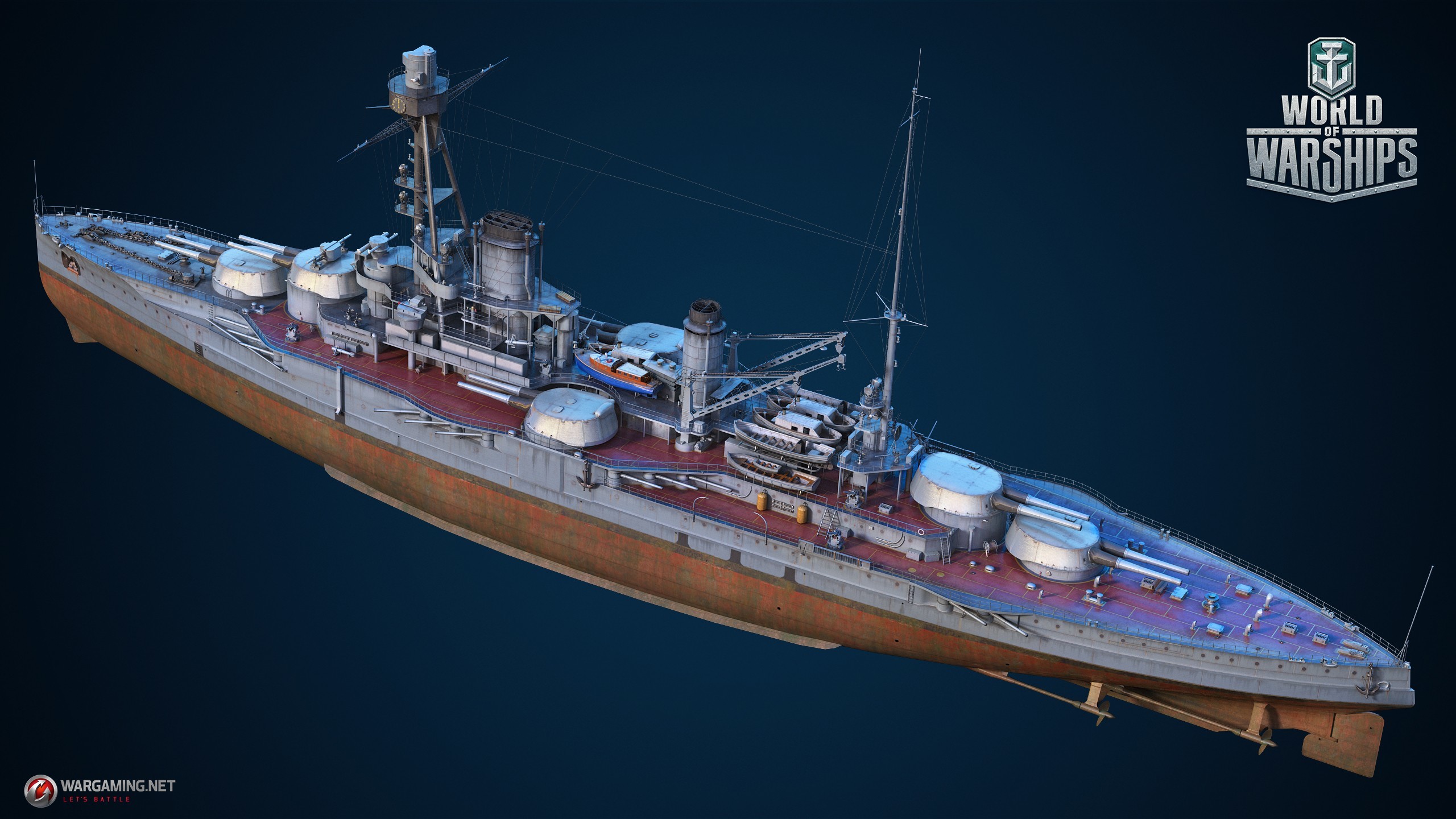

The colour artwork, line drawings and maps were all specially drawn for this book. We hope that this book will give the reader a better understanding not only of the design philosophy and technical characteristics of these ships, but also of the history and traditions of the Marine Nationale during the twentieth century. Finally, the book focuses closely on issues of infrastructure, demographics, strategic thinking, tactical organisation and even national culture which are not always well understood on this side of the English Channel. There is a greater emphasis on the progression of French battleship design from the Washington Treaty onwards, and there is much new material on the technical aspects both of these ships and of their ‘paper’ predecessors of the 1920s. However, the book is also more ambitious in its scope in that it aims to present these ships in their full historical context, with a greater emphasis on war service and the extent to which that served to highlight the strengths and weaknesses of their design. This book aims to bring the results of Robert Dumas’ original research, first published in a series of Frenchlanguage monographs during the early 1990s, to English-speaking readers.

Dunkerque and her sister Strasbourg were scuttled at Toulon in November 1942, but following an extensive refit in the United States, Richelieu went on to serve alongside the Royal Navy during 1943-5, and her sister Jean Bart, finally completed during the 1950s, was the last battleship in the world to enter service. The battleships of the Dunkerque and Richelieu classes were among the most radical and influential designs of the interwar period, and were coveted by the British, the Germans and the Italians following the Armistice of June 1940. An introductory chapter provides additional historical context with an overview of French naval craft from the Dreadnaught era through the First World War. The book is extensively illustrated with hundreds of photographs and technical drawings, including twenty-two color profile and plan views of the ships. The technical chapters are interspersed with operational histories, with a particular focus on the operations in which the ships engaged other heavy units. Using a wealth of primary-source material, this volume provides a full account of their development and a detailed analysis of their design characteristics. The French battleships of the Dunkerque and Richelieu classes were the most radical and influential battleship designs of the interwar period, and were coveted by the British, German and Italian navies following the Armistice of June 1940. This illustrated naval history presents a comprehensive study of French battleships constructed after the Washington Naval Treaty of 1922.


 0 kommentar(er)
0 kommentar(er)
